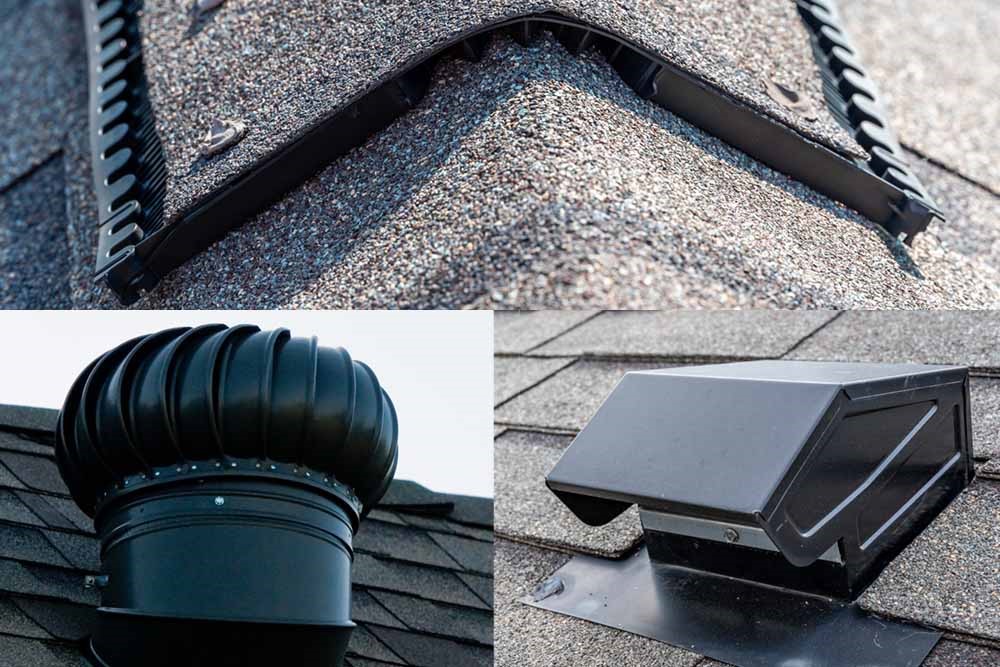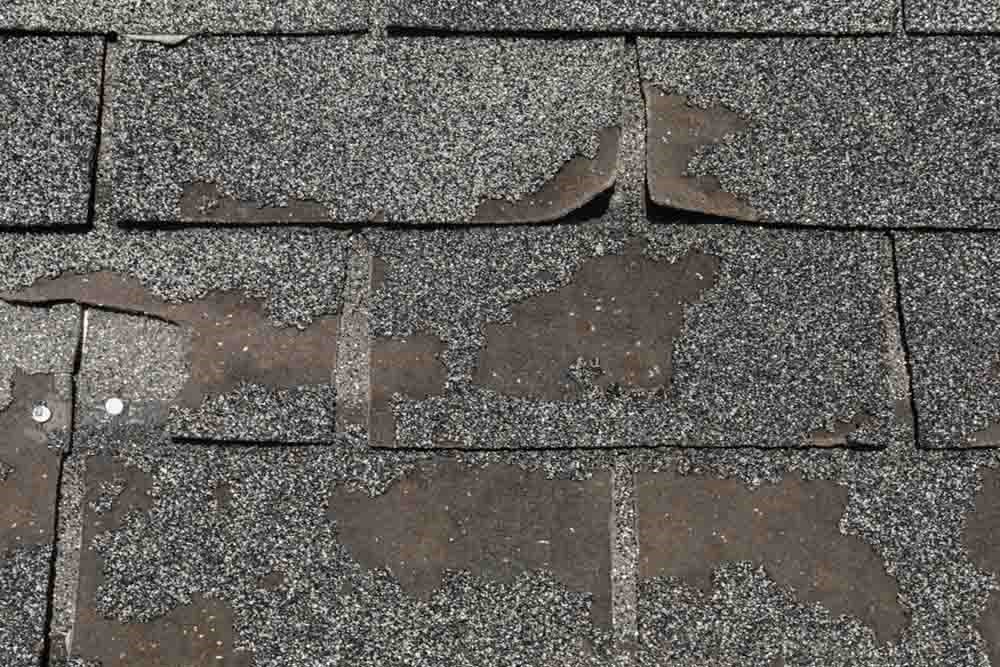
When it comes to protecting your home, few things are more important than your roof. It’s your first line of defense against the elements—and in areas prone to strong winds and storms, the type of roofing you choose can make a big difference. At C&N Construction, we help homeowners make smart, informed decisions about roofing materials that can stand up to the local weather.
Understanding wind resistance ratings for asphalt shingles is key to ensuring your roof is built to last. With the right shingles and a professional installation, you can rest easy knowing your home is protected even when the wind picks up.
What Are Wind Resistance Ratings?
Asphalt shingles are tested for how well they can resist wind uplift and wind-driven rain. The wind resistance rating tells you how much wind speed a particular shingle type can withstand without being damaged or blown off.
The ratings are established through standardized tests, such as those by ASTM International or Underwriters Laboratories (UL), and are typically labeled in the following categories:
Classifications You’ll See
- ASTM D3161 (Fan-Induced Wind Test): Rates shingles into Class A (60 mph), Class D (90 mph), and Class F (110 mph) based on how they hold up under high-speed fans.
- ASTM D7158 (Uplift Force Test): Measures how shingles resist wind uplift using actual simulated wind conditions and assigns ratings of Class D (90 mph), Class G (120 mph), and Class H (150 mph).
- UL 2390 & 997: Focus on uplift resistance, similar to ASTM testing, and often used in product certifications.
Why Wind Ratings Matter
It’s not uncommon to see strong wind gusts during seasonal storms. If your roof isn’t rated to handle high winds, you risk shingle blow-offs, water intrusion, and expensive repairs. That’s why we always recommend choosing shingles with a Class H rating for areas exposed to frequent or severe winds.
It’s not just about the product—it’s also about the installation. A high-rated shingle won’t perform well if it isn’t installed correctly. At C&N Construction, our roofing experts follow manufacturer guidelines and local codes to make sure your shingles are sealed, nailed, and aligned for maximum wind protection.
What Affects Shingle Wind Resistance?
While the manufacturer’s rating is important, other factors can impact how your shingles perform in real-world conditions:
- Shingle quality and thickness
- Proper nailing technique
- Adhesive sealant activation
- Roof slope and layout
- Underlying roof deck condition
- Local building codes and weather exposure
Choosing the Right Shingles for Wind Protection
When you’re planning a roof replacement or repair, it’s smart to consider shingles with higher wind resistance, especially if your home is in a wide-open area or frequently exposed to storms.
Here’s a quick guide to help:
- Class D (90 mph): Basic protection, not ideal for high-wind areas
- Class G (120 mph): Better protection, suitable for moderately windy climates
- Class H (150 mph): Best protection for homes in severe wind zones
Not sure what rating is right for your home? We’ll walk you through your options and recommend shingles based on your home’s location, architecture, and local weather patterns.
Upgrade Your Roof with C&N Construction
If you want to upgrade to asphalt shingles with strong wind resistance, we’ve got you covered. At C&N Construction, we bring years of roofing experience and a commitment to quality that ensures your roof is built to last—even when the weather turns rough.
Contact us today to schedule a free roof inspection and find out how the right shingles can protect your home and add peace of mind. If your roof has already been impacted by a recent storm event, we can help with roof wind damage repairs too.
Subscribe to C&N Construction's Blog








Comments